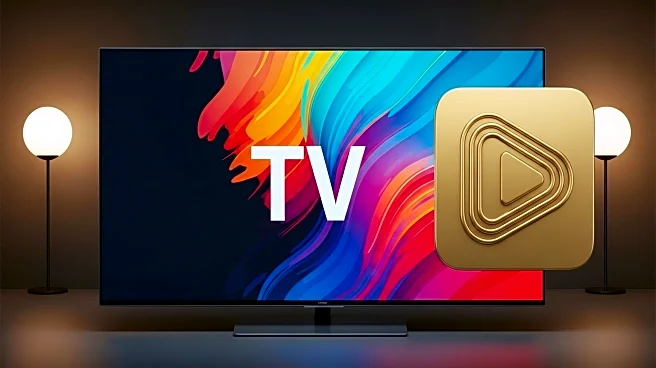What's Happening?
YouTube is marking its 20th anniversary by reinforcing its role as a TV challenger and a hub for creators and brands. The platform has seen significant growth in viewership, with a notable increase in content consumption via household TV sets. YouTube's success is attributed to its strategic positioning at the intersection of social media and streaming, offering both advertising and organic content opportunities. The platform's evolution includes the introduction of non-skippable AI-powered ad formats for TV, aimed at enhancing brand awareness and engagement.
Why It's Important?
YouTube's transformation into a major player in the TV landscape highlights the shifting dynamics of media consumption. As more viewers turn to digital platforms for content, traditional TV networks face increased competition. YouTube's ability to attract diverse audiences, from Gen Alpha to over-55s, underscores its broad appeal and potential to influence advertising strategies. The platform's growth also reflects the rising importance of video content in marketing, as brands leverage YouTube's reach to connect with consumers.
What's Next?
YouTube's continued expansion may lead to further innovations in ad formats and content offerings, as the platform seeks to maintain its competitive edge. Brands are likely to increase their investment in YouTube advertising, capitalizing on its ability to deliver targeted and impactful campaigns. As YouTube solidifies its position as a key player in the media landscape, it may explore new partnerships and collaborations to enhance its content library and attract more creators.
Beyond the Headlines
The rise of YouTube as a TV challenger raises questions about the future of traditional media and the role of digital platforms in shaping cultural narratives. As YouTube continues to grow, it may influence the types of content that gain popularity, potentially redefining entertainment norms. This shift could have broader implications for the media industry, as companies adapt to changing consumer preferences and technological advancements.












